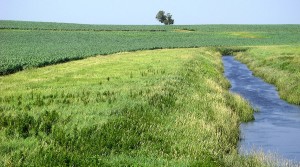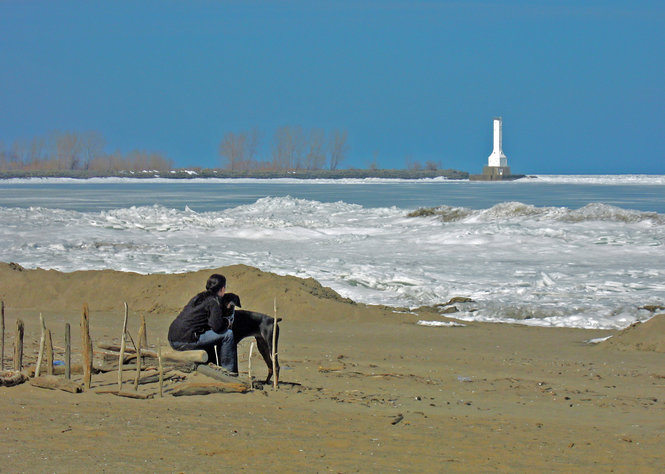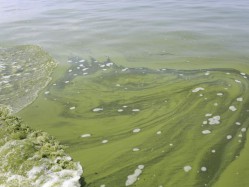I was speaking with a farmer in WI recently — a man well-known for his innovative practices as an organic operator for over 30 years. We discussed land management and farm runoff, and safeguards against having that animal waste empty into the rivers and streams which eventually lead to the algae blooms seen in so many areas around the USA.
His quick comment?

“Just feed the animals the grass you grow, along the waterways, to keep the runoff from reaching the water.”
Pretty simple, but not always easy to implement when a farm is struggling to maximize its revenue. Why grow grass, for example, when corn is so much more lucrative?
Practically speaking, without sufficient long-term financial incentive to manage land to avoid waste runoff, best practices will almost certainly not be followed universally.
The encouraging word? Best practices are known — and they work!


